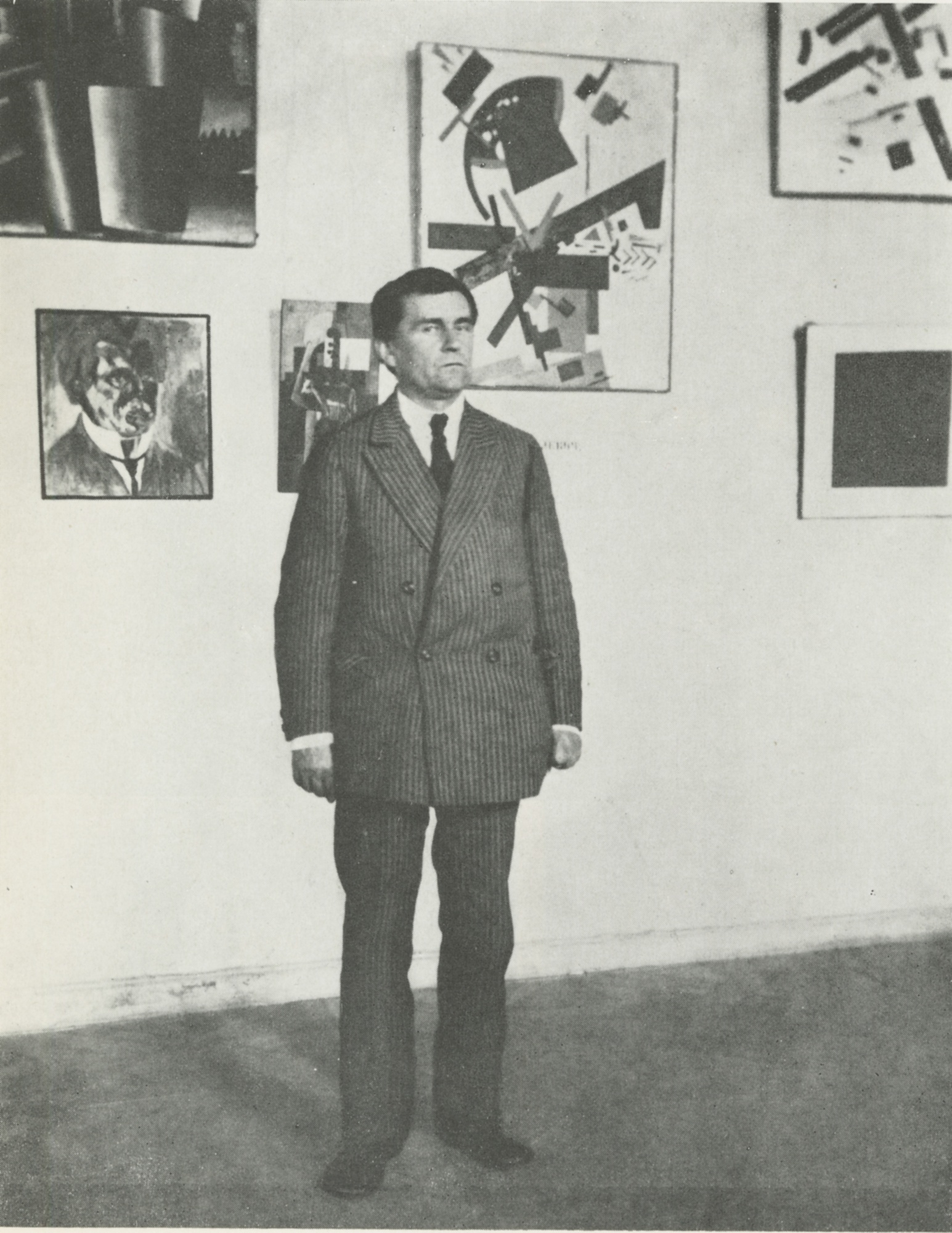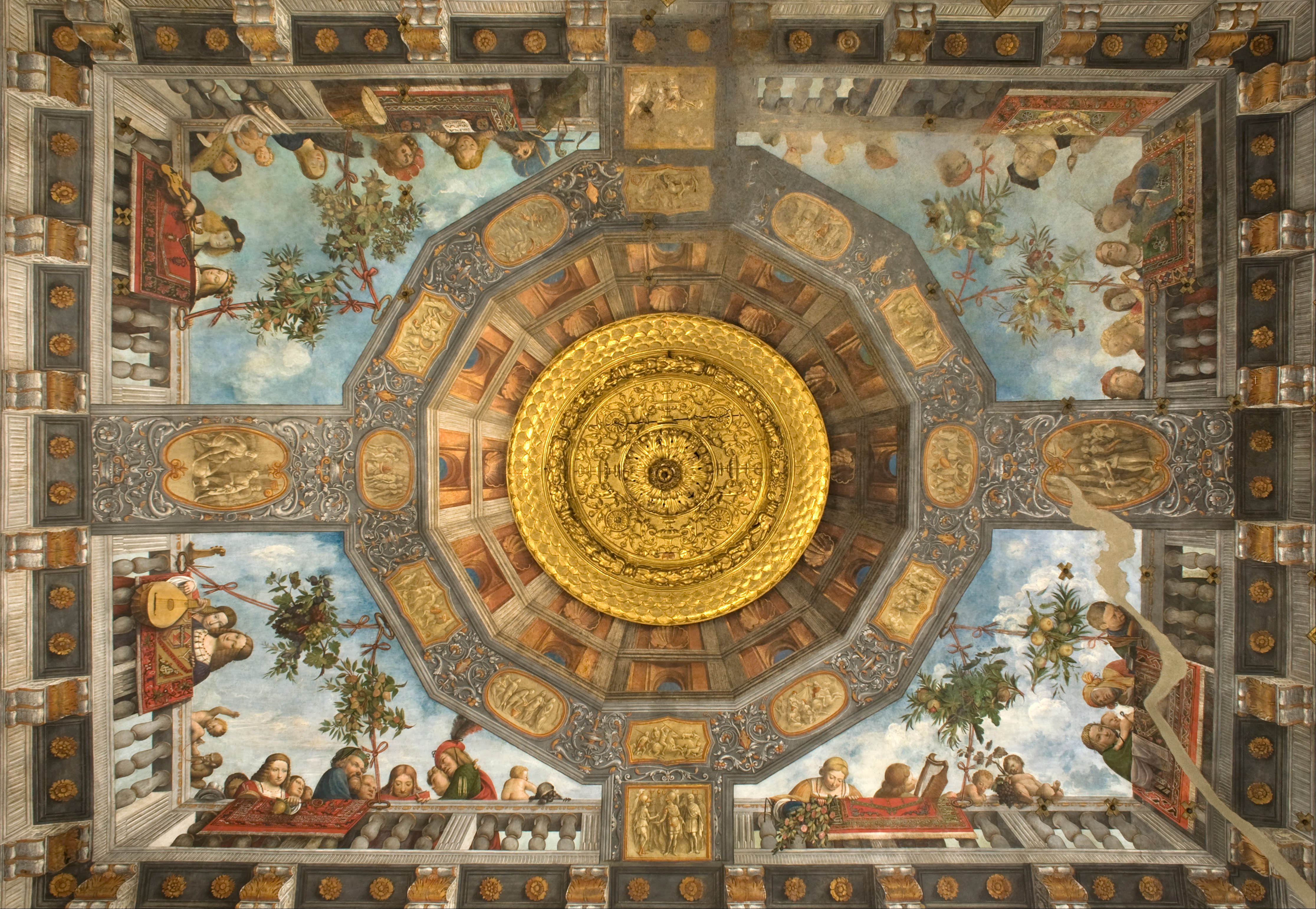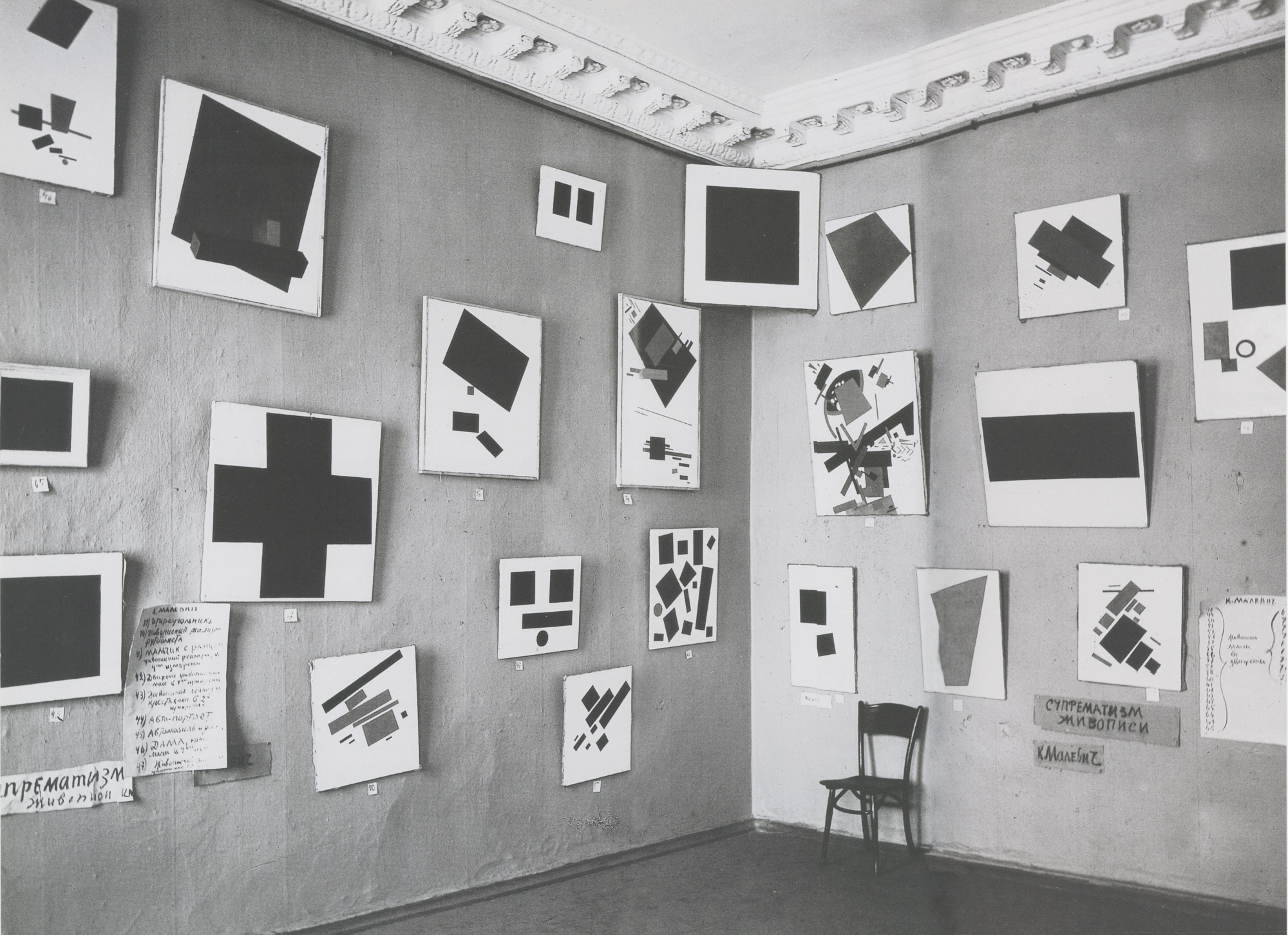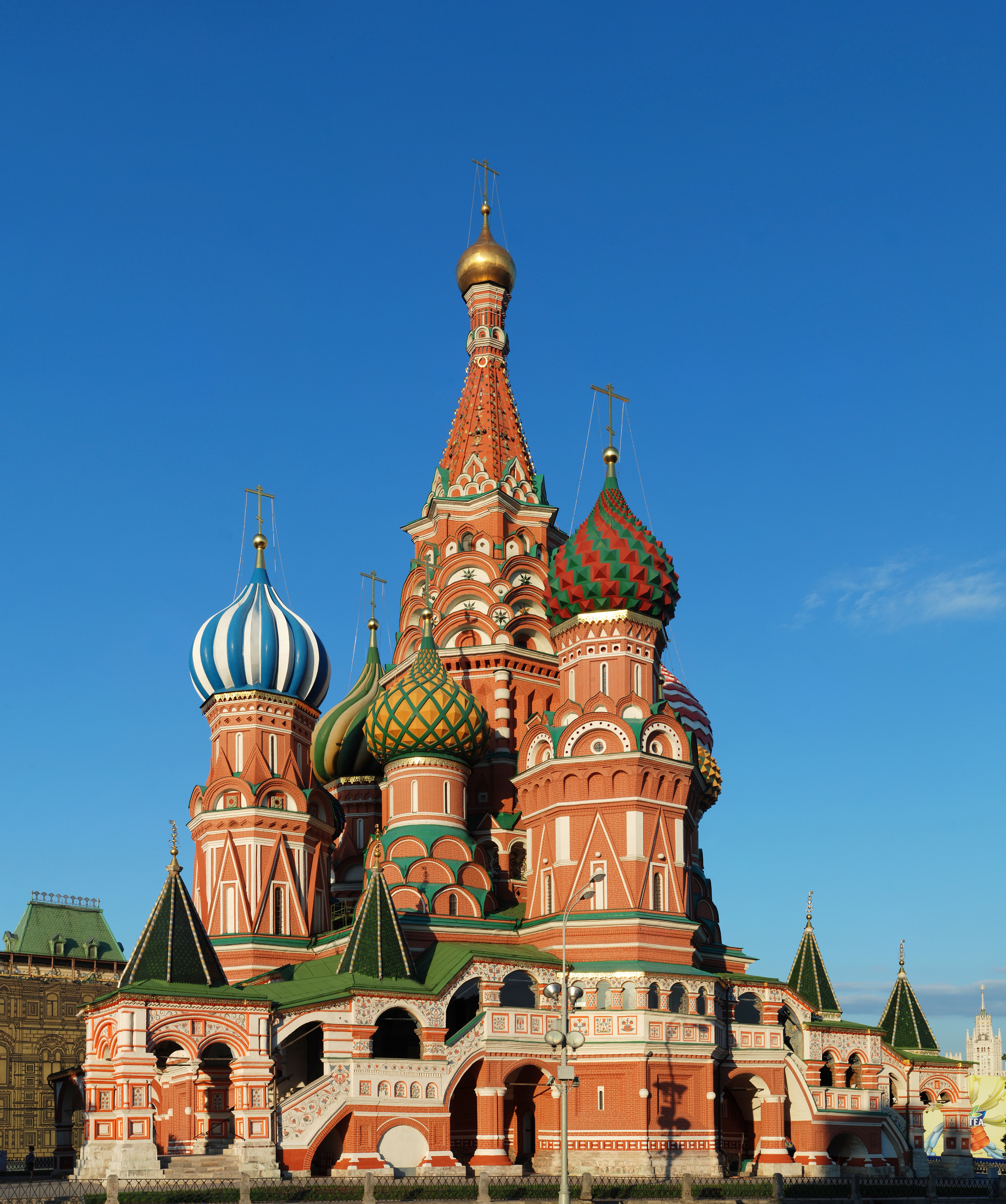|
Flatness (art)
In art criticism of the 1960s and 1970s, flatness described the smoothness and absence of curvature or surface detail of a two-dimensional work of art. Views Critic Clement Greenberg believed that flatness, or two-dimensionality, was an essential and desirable quality in painting, a criterion which implies rejection of painterliness and impasto. The valorization of flatness led to a number of art movements, including minimalism and post-painterly abstractionism. Modernism in the arts appeared during the second half of the 19th century and extended into most of the 20th. This period of art is identified by art forms consisting of an image on a flat two-dimensional surface. This art evolution began in the 1860s and culminated 50 years later. By this time almost all three-dimensional works had been eliminated. This new approach to painting was to create a visual appearance of realism. Looking at a surface with only two dimensions our perception of depth is an illusion. The reducti ... [...More Info...] [...Related Items...] OR: [Wikipedia] [Google] [Baidu] |
Art Criticism
Art criticism is the discussion or evaluation of visual art. Art critics usually criticize art in the context of aesthetics or the theory of beauty. A goal of art criticism is the pursuit of a rational basis for art appreciation but it is questionable whether such criticism can transcend prevailing socio-political circumstances. The variety of Art movement, artistic movements has resulted in a division of art criticism into different disciplines which may each use different criteria for their judgements. The most common division in the field of criticism is between historical criticism and evaluation, a form of art history, and contemporary criticism of work by living artists. Despite perceptions that art criticism is a much lower risk activity than making art, opinions of current art are always liable to drastic corrections with the passage of time. Critics of the past are often ridiculed for dismissing artists now venerated (like the early work of the Impressionists). Some ar ... [...More Info...] [...Related Items...] OR: [Wikipedia] [Google] [Baidu] |
Kazimir Malevich
Kazimir Severinovich Malevich (Запись о рождении в метрической книге римско-католического костёла св. Александра в Киеве, 1879 год // ЦГИАК Украины, ф. 1268, оп. 1, д. 26, л. 13об—14. – 15 May 1935) was a Russian avant-garde artist and art theorist, whose pioneering work and writing ... [...More Info...] [...Related Items...] OR: [Wikipedia] [Google] [Baidu] |
Trompe-l'œil
; ; ) is an artistic term for the highly realistic optical illusion of three-dimensional space and objects on a Two-dimensional space, two-dimensional surface. , which is most often associated with painting, tricks the viewer into perceiving painted objects or spaces as real. Forced perspective is a related illusion in architecture. History in painting The phrase, which can also be spelled without the hyphen and Typographic ligature, ligature in English as ''trompe l'oeil'', originates with the artist Louis-Léopold Boilly, who used it as the title of a painting he exhibited in the Paris Salon of 1800. Although the term gained currency only in the early 19th century, the illusionistic technique associated with dates much further back. It was (and is) often employed in murals. Instances from Greek and Roman times are known, for instance in Pompeii. A typical mural might depict a window, door, or hallway, intended to suggest a larger room. A version of an oft-told ancient Gr ... [...More Info...] [...Related Items...] OR: [Wikipedia] [Google] [Baidu] |
Op Art
Op art, short for optical art, is a style of visual art that uses distorted or manipulated geometrical patterns, often to create optical illusions. It began in the early 20th century, and was especially popular from the 1960s on, the term "Op art" dating to 1964. Op artworks are normally abstract, with some better-known pieces created in black and white. Typically, they give the viewer the impression of movement, hidden images, flashing and vibrating patterns, or swelling or warping. In contrast, the much older '' trompe-l'œil'' style always represents figurative subjects, which are shown with deceptive three-dimensionality. History Illusionism, focused on the perception of extended space within a flat picture, is found from the earliest points of art history. However, the antecedents of op art, in terms of graphic effects and concern for exotic optical illusions, can be traced back to Neo-Impressionism, Cubism, Futurism, Constructivism, and Dada. The Divisionis ... [...More Info...] [...Related Items...] OR: [Wikipedia] [Google] [Baidu] |
Avant-garde
In the arts and literature, the term ''avant-garde'' ( meaning or ) identifies an experimental genre or work of art, and the artist who created it, which usually is aesthetically innovative, whilst initially being ideologically unacceptable to the artistic establishment of the time. The military metaphor of an ''advance guard'' identifies the artists and writers whose innovations in style, form, and subject-matter challenge the artistic and aesthetic validity of the established forms of art and the literary traditions of their time; thus, the artists who created the anti-novel and Surrealism were ahead of their times. As a stratum of the intelligentsia of a society, avant-garde artists promote progressive and radical politics and advocate for societal reform with and through works of art. In the essay "The Artist, the Scientist, and the Industrialist" (1825), Benjamin Olinde Rodrigues's political usage of ''vanguard'' identified the moral obligation of artists to "ser ... [...More Info...] [...Related Items...] OR: [Wikipedia] [Google] [Baidu] |
Expressionism
Expressionism is a modernist movement, initially in poetry and painting, originating in Northern Europe around the beginning of the 20th century. Its typical trait is to present the world solely from a subjective perspective, distorting it radically for emotional effect in order to evoke moods or ideas. Expressionist artists have sought to express the meaningVictorino Tejera, 1966, pages 85,140, Art and Human Intelligence, Vision Press Limited, London of emotional experience rather than physical reality. Expressionism developed as an avant-garde style before the First World War. It remained popular during the Weimar Republic,Bruce Thompson, University of California, Santa Cruzlecture on Weimar culture/Kafka'a Prague particularly in Berlin. The style extended to a wide range of the arts, including expressionist architecture, painting, literature, theatre, dance, film and music. Paris became a gathering place for a group of Expressionist artists, many of Jewish origin, dubbed th ... [...More Info...] [...Related Items...] OR: [Wikipedia] [Google] [Baidu] |
Automatism Artistic Movement
Surrealist automatism is a method of art-making in which the artist suppresses conscious control over the making process, allowing the unconscious mind to have great sway. This drawing technique was popularized in the early 1920s, by Andre Masson and Hans Arp. Origins Automatism has taken on many forms: the automatic writing and drawing initially (and still to this day) explored by the surrealists can be compared to similar or parallel phenomena, such as the non-idiomatic improvisation. "Psychic automatism in its pure state" was how André Breton defined Surrealism, and while the definition has proved capable of expansion, automatism remains of prime importance in the movement. Early 20th-century Dadaists, such as Hans Arp, made some use of this method through chance operations. Surrealist artists, most notably André Masson, adapted to art the automatic writing method of André Breton and Philippe Soupault who composed with it ''Les Champs Magnétiques'' (The Magnetic Fields) i ... [...More Info...] [...Related Items...] OR: [Wikipedia] [Google] [Baidu] |
Dan Flavin
Dan Flavin (April 1, 1933 – November 29, 1996) was an American minimalist artist famous for creating sculptural objects and installations from commercially available fluorescent light fixtures. Early life and career Daniel Nicholas Flavin Jr. was born in Jamaica, New York, of Irish Catholic descent, and was sent to Catholic schools.Paul Levy (February 3, 2006)A radiant Dan Flavin retrospective''The Wall Street Journal''. He was named after his father, D. Nicholas Flavin. Dan Flavin studied for the priesthood at the Immaculate Conception Preparatory Seminary in Brooklyn between 1947 and 1952 before leaving to join his twin brother, David John Flavin, and enlist in the United States Air Force. During military service in 1954–55, Flavin was trained as an air weather meteorological technician [...More Info...] [...Related Items...] OR: [Wikipedia] [Google] [Baidu] |
Black Square (painting)
''Black Square'' () is a 1915 oil on linen canvas painting by the Russian avant-garde artist and theorist Kazimir Malevich. There are four painted versions, the first of which was completed in 1915 and described by the artist as his breakthrough work and the inception of his Suprematist art movement (1915–1919).Jakovljevic (2004), p. 19 In his manifesto for the Suprematist movement Malevich said the paintings were intended as "desperate struggle to free art from the ballast of the objective world" by focusing only on form.Blanshard (1949). p. 4 He sought to create paintings that all could understand and that would have an emotional impact comparable to religious works. The 1915 ''Black Square'' was the turning point in his career and defined the aesthetic he was to follow for the remainder of his career; his other significant paintings include variants such as '' White on White'' (1918), '' Black Circle'' (c. 1924), and '' Black Cross'' (c. 1920–23). Malevich painted three ... [...More Info...] [...Related Items...] OR: [Wikipedia] [Google] [Baidu] |
Russian Art
Russian culture ( rus, Культура России, Kul'tura Rossii, kʊlʲˈturə rɐˈsʲiɪ) has been formed by the nation's history, its geographical location and its vast expanse, religious and social traditions, and both Eastern culture, Eastern and Western culture, Western influence. Cultural scientists believe that the influence of the East was fairly insignificant, since the Mongols did not coexist with the Russians during conquest, and the indigenous peoples were rather subjected to reverse cultural assimilation. Unlike the Scandinavian and more Western Europe, western neighbors, which have become the main reason for the formation of modern culture among Russians. Russian Russian literature, writers and Russian philosophy, philosophers have played an important role in the development of Western philosophy, European thought. The Russians have also greatly influenced classical music, Russian ballet, ballet, theatre, List of Russian artists, painting, Cinema of Russia, ... [...More Info...] [...Related Items...] OR: [Wikipedia] [Google] [Baidu] |
Clement Greenberg
Clement Greenberg () (January 16, 1909 – May 7, 1994), occasionally writing under the pseudonym K. Hardesh, was an American essayist known mainly as an art critic closely associated with American modern art of the mid-20th century and a formalist aesthetician. He is best remembered for his association with the art movement abstract expressionism and the painter Jackson Pollock. Early life Clement Greenberg was born in the Bronx, New York City, in 1909. His parents were middle-class Jewish immigrants, and he was the eldest of their three sons. Since childhood, Greenberg sketched compulsively, until becoming a young adult, when he began to focus on literature. He attended Erasmus Hall High School, the Marquand School for Boys, and Syracuse University, graduating with an A.B. in 1930, cum laude, Phi Beta Kappa. After college, already fluent in Yiddish and English since childhood, Greenberg taught himself Italian and German in addition to French and Latin. Over the next few year ... [...More Info...] [...Related Items...] OR: [Wikipedia] [Google] [Baidu] |







